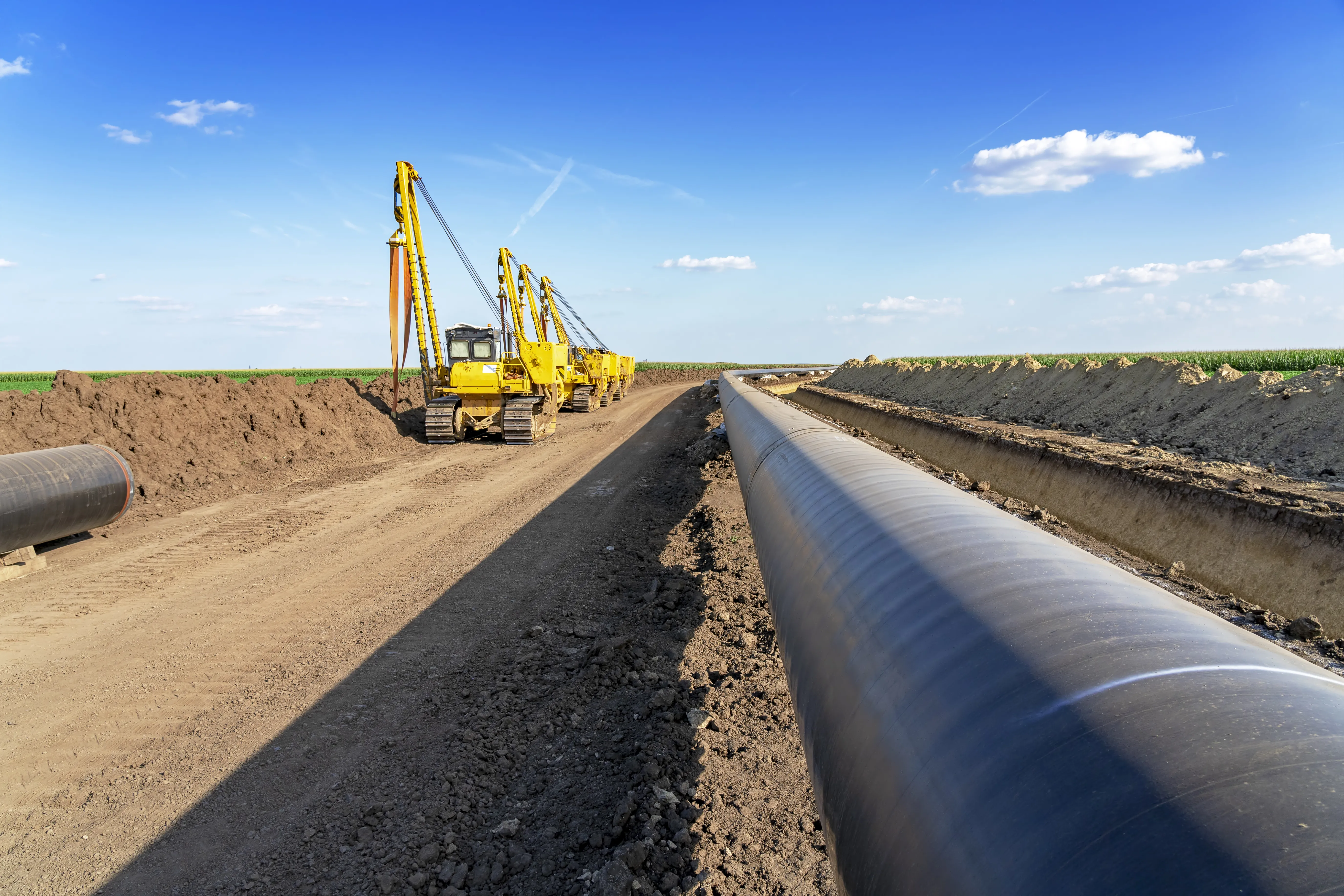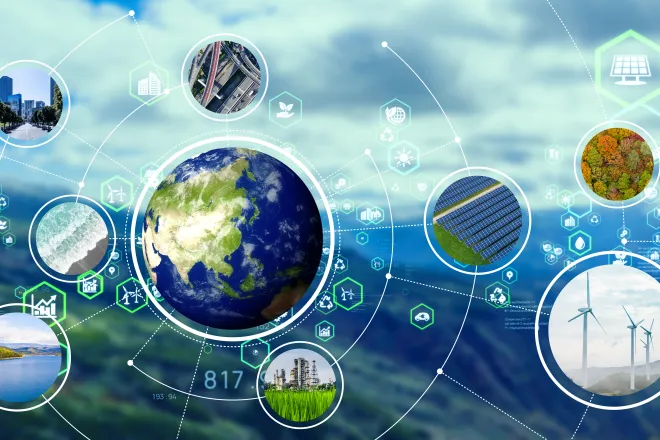
EarthTalk – Can using robots help us reduce our carbon footprint?
©
Dear EarthTalk:
Is it true that using robots can help us reduce our carbon footprint? This sounds great but what are the tradeoffs of increased utilization of robots?
Robert Pardue, Reno, NV
Robots are increasingly integral to addressing environmental challenges, from cleaning oceans to aiding reforestation. For instance, Clearbot removes some 15 liters of oil and 200 kilograms of trash from oceans daily, mitigating marine pollution. Robots also accelerate tree planting, restoring forests faster and more precisely than humans. In cities, robots are helping lower carbon footprints. Delivery robots can cut road congestion by 29 percent and reduce emissions by 16 percent compared to traditional vehicles. Often powered by renewable energy like solar, these robots further minimize environmental impact.
Similarly, robots are making an impact in transportation. Electric vehicles equipped with self-driving features are becoming more common, following Tesla’s lead. Since EVs run on electricity rather than gas, they help reduce greenhouse gas emissions. Many of these autonomous vehicles also include features like automatic braking, lane detection and speed control, which can enhance safety and efficiency on the road.

iStock
Robots have also made their way into industrial settings, where they improve efficiency and help cut down carbon emissions. A 2022 study found that the use of robots in manufacturing has enhanced carbon emission reduction efforts across 35 countries. By automating repetitive tasks, robots can help reduce errors and improve the overall energy efficiency of production processes.
However, the environmental benefits of robots come with significant tradeoffs. Most robots rely on batteries made from lithium and cobalt, which are not evenly distributed around the world. Mining these materials is resource-intensive and often leads to environmental degradation. The extraction process consumes large amounts of energy, releases air pollutants and can contaminate local water supplies.
Once in use, robots—like any other technology—are subject to wear and tear. When they break or become outdated, they add to the growing problem of electronic waste. The faster pace of production enabled by robots also fuels consumer demand, further increasing waste. And these impacts often hit poorer nations hardest, as they are disproportionately affected by pollution and resource depletion.
Long term, as robot designs improve and new technologies are developed, some of these challenges may be mitigated. Companies like AI for Good, Echo Tech Daily and Redwood Materials are developing more sustainable robots. But for now, it’s important to weigh the benefits and tradeoffs carefully. While robots hold great promise for helping us reduce our carbon footprint, they are far from a perfect solution.
CONTACTS
- Impact of industrial robots on environmental pollution, www.nature.com/articles/s41598-023-47380-6;
- Can robots reduce carbon footprint? www.plainconcepts.com/robotics-sustainability.
EarthTalk® is produced by Roddy Scheer & Doug Moss for the 501(c)3 nonprofit EarthTalk. See more athttps://emagazine.com. To donate, visit https://earthtalk.org. Send questions to: question@earthtalk.org.
















